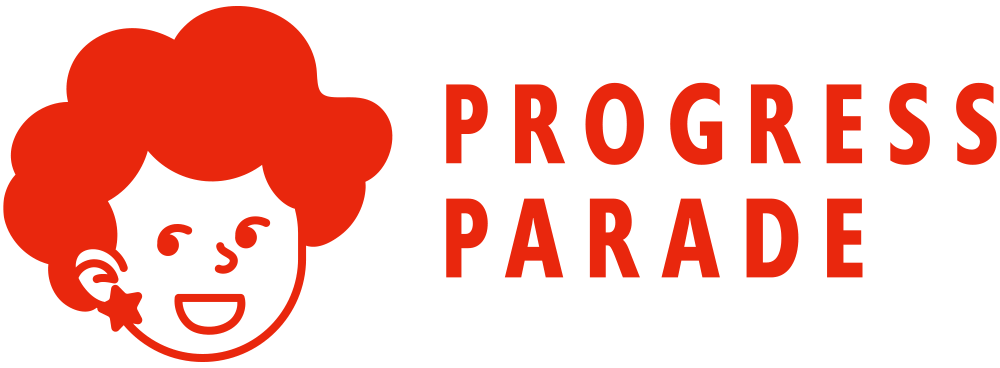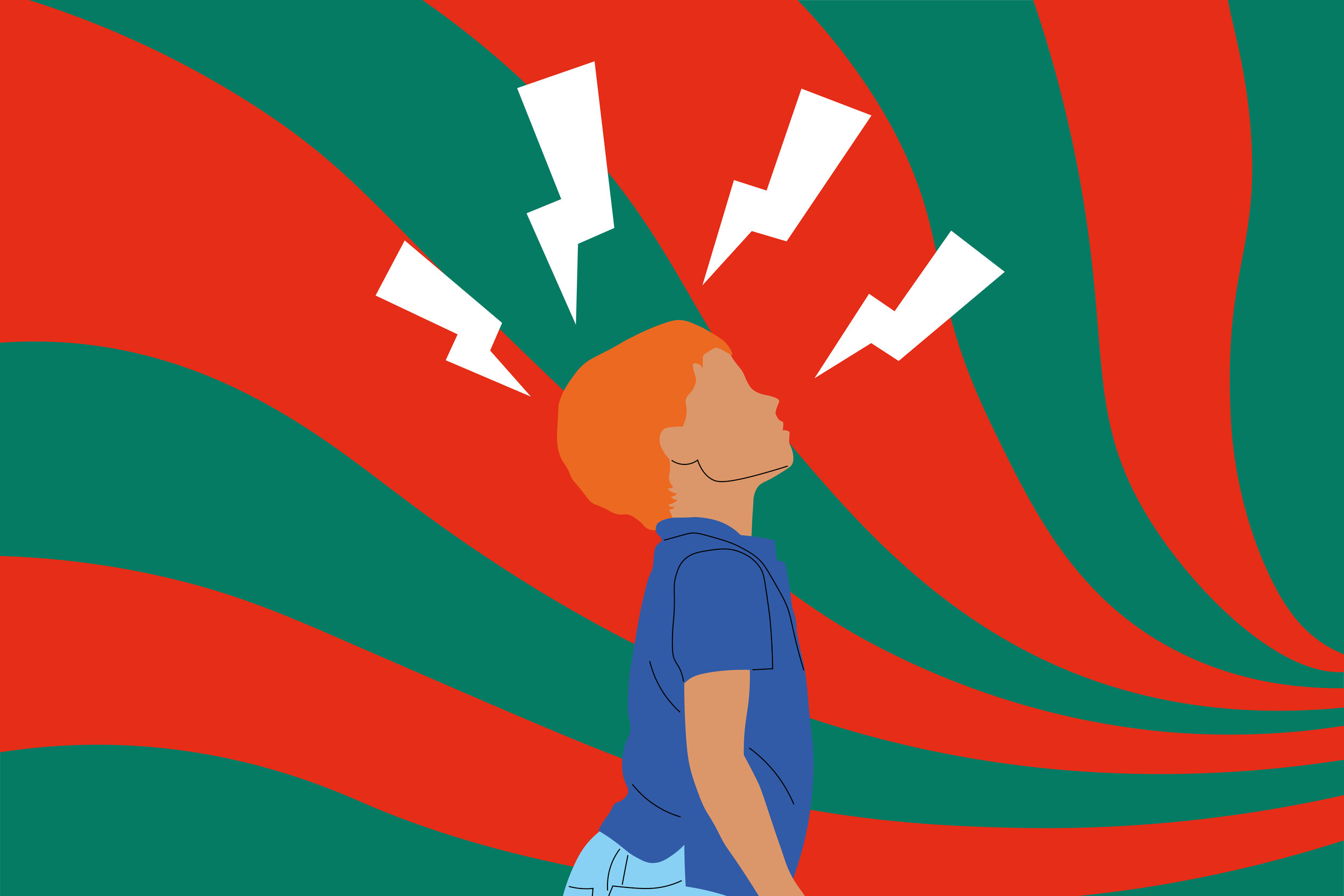9 Tips for Homeschooling Your ADHD-Diagnosed Child
Homeschooling during the COVID-19 pandemic is difficult enough for many parents, but some have the additional responsibility of helping their ADHD-diagnosed kids with schoolwork. Here are some tips to help you along:
Let Your Child Fidget.
Researchers now say that fidgeting actually helps ADHD-identified kids focus better. One resource that can help with this (so that it doesn’t become a distraction, or prove to be potentially injurious as with chair tipping) is Bouncy-Bands, which are elastic rubber bands that fit between the legs of a table or desk, where kids can literally bounce their feet while they study.
Build-In Frequent Exercise Breaks.
Kids diagnosed with ADHD have difficulty doing seat work for long periods of time, so it’s best to divide up an hour’s worth of studying, say, into 15 minute intervals with a 3 minute exercise break between each segment. Use the countdown timer on a smart phone to signal break times. A few ways to use the exercise break: do jumping jacks or push-ups, run around the house, take five deep breaths, jump up and down as many times as there are letters in the child’s whole name, do stretches (e.g. as high as you can reach, as low as you can go), put on some aerobic music and dance! For other suggestions, go to this site.
Discover Your Child’s Best Time of Alertness.
There’s a whole field of chronopsychology dedicated to the idea that human behavior is controlled by specific biological rhythms. Some people are more alert early in the morning and fade as the day goes along (the Larks). Others are slower to wake up, and often hit their stride in the afternoon or early evening (the Owls). Find out if your child is a Lark or an Owl, and then schedule study times coincide with their natural rhythms (mornings for the Larks, afternoons or evening for the Owls).
Provide a Balanced Breakfast.
Studies have shown that kids identified as having ADHD have better attention if they start the day with a breakfast that balances carbohydrates and proteins (rather than just carbohydrates). So eggs and toast = good, just a Danish or two = bad; a bean burrito = good, a muffin and orange juice = bad. Some parents are convinced that sugar causes hyperactivity, but its just the carbohydrate factor that creates the wobbly focus during the day.Teach Your Child to Self-Monitor.
To avoid power struggles (”pay attention!” ”do your work!”), it’s better to empower your child with self-monitoring skills so they know whether or not they’re paying attention to their schoolwork. The apps Random Ticker (Android) or Party Game Timer (IOS) can provide random signals, at which time your child can answer the question: ”Am I paying attention to my work right now?”Try Out Background Music (But Only If It Helps).
One intriguing theory about ADHD is that kids with this diagnosis are actually understimulated and need higher levels of stimulation than the typically developing person. Music represents one form of stimulation that can (like fidgeting) actually help your child focus. The problem is that this will only work for some kids, and in order to find out if that includes your child, you need to do some trial runs and see how productive or distracted he becomes. If it works, then build it into his study sessions on an ongoing basis. Start out by letting him choose the music, and if that doesn’t help facilitate his studying, then try some other types of music and see what works. If it doesn’t seem to work with any type of music, and only makes your child more distractible, then, well, at least you gave it a shot!Help Your Child Set Manageable Goals.
Before starting the day, sit down with your child and discuss his assignments and what he hopes to accomplish during the day. Let him write down (or dictate to you) some specific goals that he would like to shoot for during the day (or week). Then, discuss with him what he’d like to reward himself with for achieving his goal(s). Finally, talk with him about what sorts of things might come up that keep him from achieving his goal(s) and how he intends to deal with those potential obstacles. At the end of the school day, have a brief session with him to go over whether he met his goals, if not, what he could do better next time. If he did achieve his goal(s) make sure he gets his reward! Be encouraging and supportive (rather than critical and judgmental) in helping your child achieve his goals.Make Sure Your Child Gets Some Outside Time to Play.
The ability to play and be out in nature is critical for all kids, but in particular for those diagnosed with ADHD. A number of studies have suggested that ADHD symptoms actually go down when a child is in nature. If it makes sense for him to do some of his studying outside, consider that as well, but also let him have time where he gets to engage in outdoor free unstructured play.Teach Your Child Self-Regulation Skills.
Let’s face it, doing schoolwork isn’t a picnic for many kids (and especially for a lot of kids diagnosed with ADHD). Some type of resistance or negativity is likely to come up during a study session, and it’s better if your child is prepared to deal with it than have it catch him unprepared. Teach your child to recognize any ”warning signs” that may indicate he’s in the early stages of getting stressed out, angry, anxious, or bored. Maybe he experiences some physical signs such as a knot in his belly, or anxiety in his solar plexus. Or perhaps the signs are behavioral, as when he starts shouting at his baby sister, or throws spitballs at passing family members. Discuss with him some strategies for dealing with these emotions. These might include: taking an exercise break, having a snack, closing his eyes and visualizing a pleasant memory, splashing his face with cold water. Make a list of these and then encourage your child to recognize his warning signs and take action to thwart them before they turn into wholesale meltdowns (this is what we mean by ”self-regulation”).
An expansion of the above ideas, as well as a wide range of other strategies and suggestions to help with study skills, appropriate behavior, and other situations in the home and at school, can be found in Dr. Armstrong’s book The Myth of the ADHD Child, Revised Edition: 101 Ways to Improve Your Child’s Behavior and Attention Span Without Drugs, Labels, or Coercion.
Today in our author series we welcome award-winning author and speaker Dr. Thomas Armstrong









